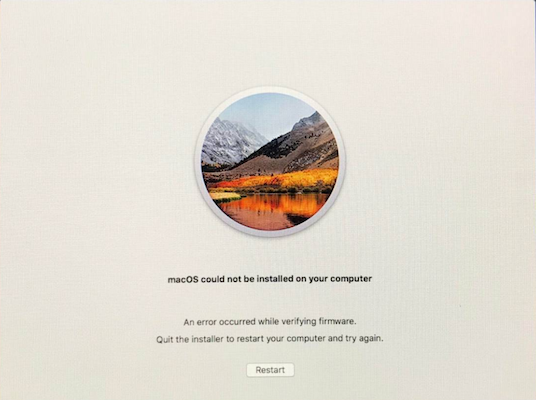

Green lights next to each indicate that everything’s running smoothly a yellow light on Internet usually means that your ISP is having difficulties, while a yellow light next to your AirPort router is telling you that it’s rebooting or having issues. Launch the app and you’ll see a simple diagram showing “The Internet” and your router (see image below). This utility works with the AirPort Extreme, AirPort Express and AirPort Time Capsule routers.
#Airport utility for mac os sierra how to
If you’re ever asked by an Apple Genius or other support tech to run System Diagnostics, you’ll know how to do it.Īs of the beginning of 2018, we’re not sure if Apple is planning to continue to develop and market AirPort Wi-Fi products, but in the meantime, one of the more useful utilities is AirPort Utility. The data that’s gathered is comprehensive, and it’s probably only of use to Apple engineers. Doing this will take some time, and when it is completed a gzipped folder will be saved on the Desktop showing you how all of the subsystems of your Mac are faring. Under the “gear” menu (so named because of the gear-shaped icon) is a selection for “Run System Diagnostics” (see screenshot above). There’s one more use of Activity Monitor - finding out if something is really seriously wrong with your Mac. (Under the “gear” icon is a menu item for running detailed System Diagnostics.)

On my MacBook Pro, Safari and Mail are the biggest energy users, so I know that if I’m not using one or both of the apps it’s a good idea to shut it down to save battery. Clicking the Energy tab reveals a list of the average energy impact of every app running on your Mac. Laptop users may find it interesting to see what apps are using the most energy. Seeing sluggish response from the Internet? The network tab can show you if an unknown, oddly-named daemon is using most of your network bandwidth - which may indicate that malware has been installed on your Mac and is sending your data to a hacker somewhere…

#Airport utility for mac os sierra pro
Unsurprisingly, on my MacBook Pro as I’m writing this article, I see that most of the network usage is taken up by mDNSresponder - a “daemon” (background process) that runs Domain Name Service on your Mac to let it talk to web services around the world. The Network tab in Activity Monitor gives a similar view of what’s using the most of your network bandwidth. What can Activity Monitor be used for? If your Mac begins acting sluggish for no apparent reason, launch Activity Monitor and see what processes are using more of the computer’s processor power than the others. (Activity Monitor is a powerful utility for determining which processes on a Mac are using the most CPU time, RAM, energy, disk access, or network resources.) Clicking on the various tabs across the top will then show you details on CPU usage (by % of CPU used, CPU time, number of threads, and more), memory (RAM) usage, energy usage, disk usage, and network usage (sent and received bytes and packets). When launched, Activity Monitor displays a list of the processes currently running on your Mac (see screenshot below). The background processes are applications that are launched by the operating system at system startup in order to perform a variety of functions. The first utility to learn about is Activity Monitor, which tracks the CPU, memory, energy, disk and network usage of every application or background process running on your Mac.

(The Utilities folder contains a number of utility apps, including some added by developers such as Adobe.) There’s an easy way to get to the Utilities folder: from the Finder, select Go > Utilities to display all of the Utilities currently shipped with macOS (see screenshot below). On the Mac, they’re found in the Utilities folder inside of the Applications folder. What are utilities? In the world of computers, they are apps - usually included as part of the operating system - that provide a look into the operation of your machine. In today’s article, we’ll introduce readers to five utility apps in macOS 10.13 High Sierra that are sure to be useful when trying to troubleshoot some problems. That’s not a surprise: sales of Macs have been rising for years as people decide to extend the Apple user experience they’ve come to know from the iPhone to their “PC”. If early sales figures are any indication, many shoppers purchased Macs during the recent holiday season.


 0 kommentar(er)
0 kommentar(er)
